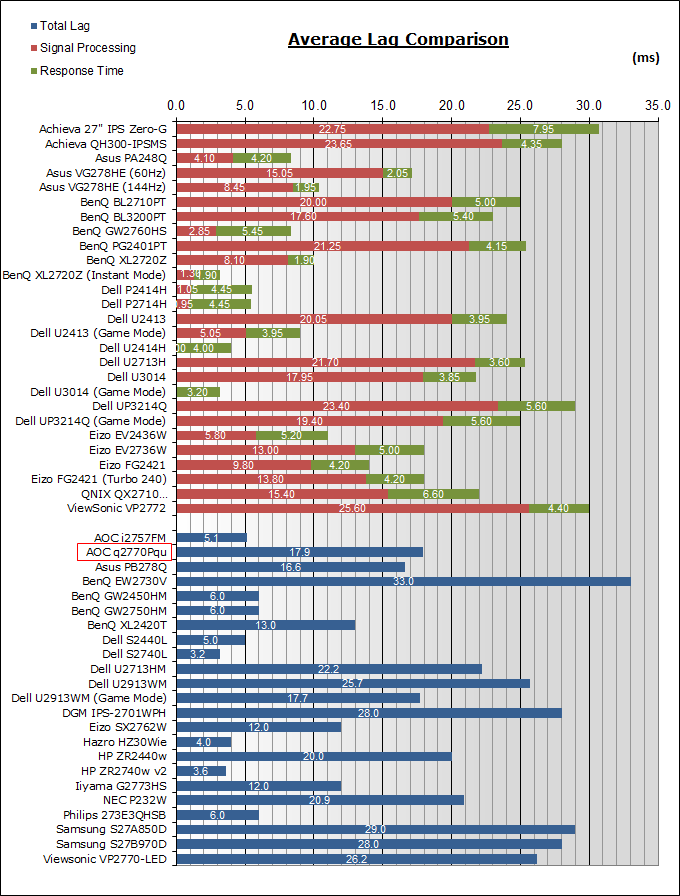1. Both Asus and Acer have always offered both G-Sync and Freesync versions of their Gaming monitors. The only impact on the consumer is the effort choosing the one that matches their card. No real mystery that the nVidia version hits the market 1st given the image below. Not really a mystery when vendors concentrate on the 82% of market before addressing the 18% of market.
2. Either way, 144, 165, 180 Hz provides technology that represents the upper cost niches as opposed tot he lower. Peeps purchasing monitors at the upper price limits in any given category are likely to be purchasing GFX cards in the upper price limits. So what we see when pepes post their builds for the most part is GTX 1060s / RX 470s paired with $250 monitors. With 1070 / 1080s in the build, the monitor budget is a bit higher.
3. It may be fun to call the price difference a "tax" but that is a misnomer:
AMD Freesync package provides Freesysnc and no hardware module is installed in the monitor.
nVidia G-Sync provides G-Syn and also includes a hardware module for ULMB
When two monitors are made using the same panel, and electronics ... then one has a hardware module installed which provides ULMB and the other does not, is it not logical that that hardware module has a cost associated with it ? You can buy Freesync monitors with motion blur technology included but in such cases it is added by the monitor manufacturer. The difference being that w/ G-Sync, it's always the same module... with Freesync, the design and quality varies by monitor manufacturer.
Never quite understood the mindset where there's an expectation that a company should invest millions of dollars in R&D and then should be required to share that technology for free. AMD has had the opportunity to license technology in the past and chose not to.
4. As it says in this review:
"While FreeSync offers the same net benefit, it takes a bit more digging to find the panels that can hit a 30Hz lower limit. Many stop the fun at 40Hz, which can be an issue for users of less expensive video cards."
The digging will usually result in a monitor from a manufacturer who chose a more expensive panel which of course. like adding the MBR module, adds to the cost.
I am not making a judgement as to whether the cost increase is "worth it".... that judgment will vary according to each individual. But the claim that the two technologies are "the same" or provide the same features and performance is just incorrect.



